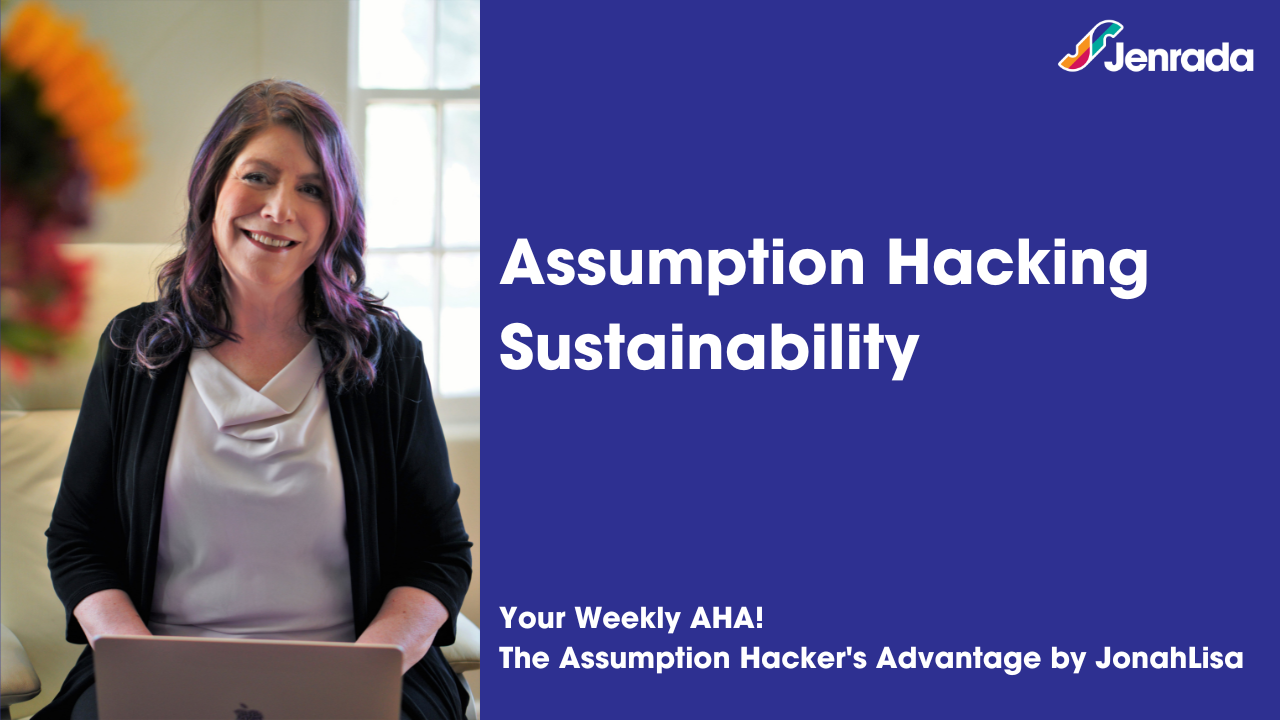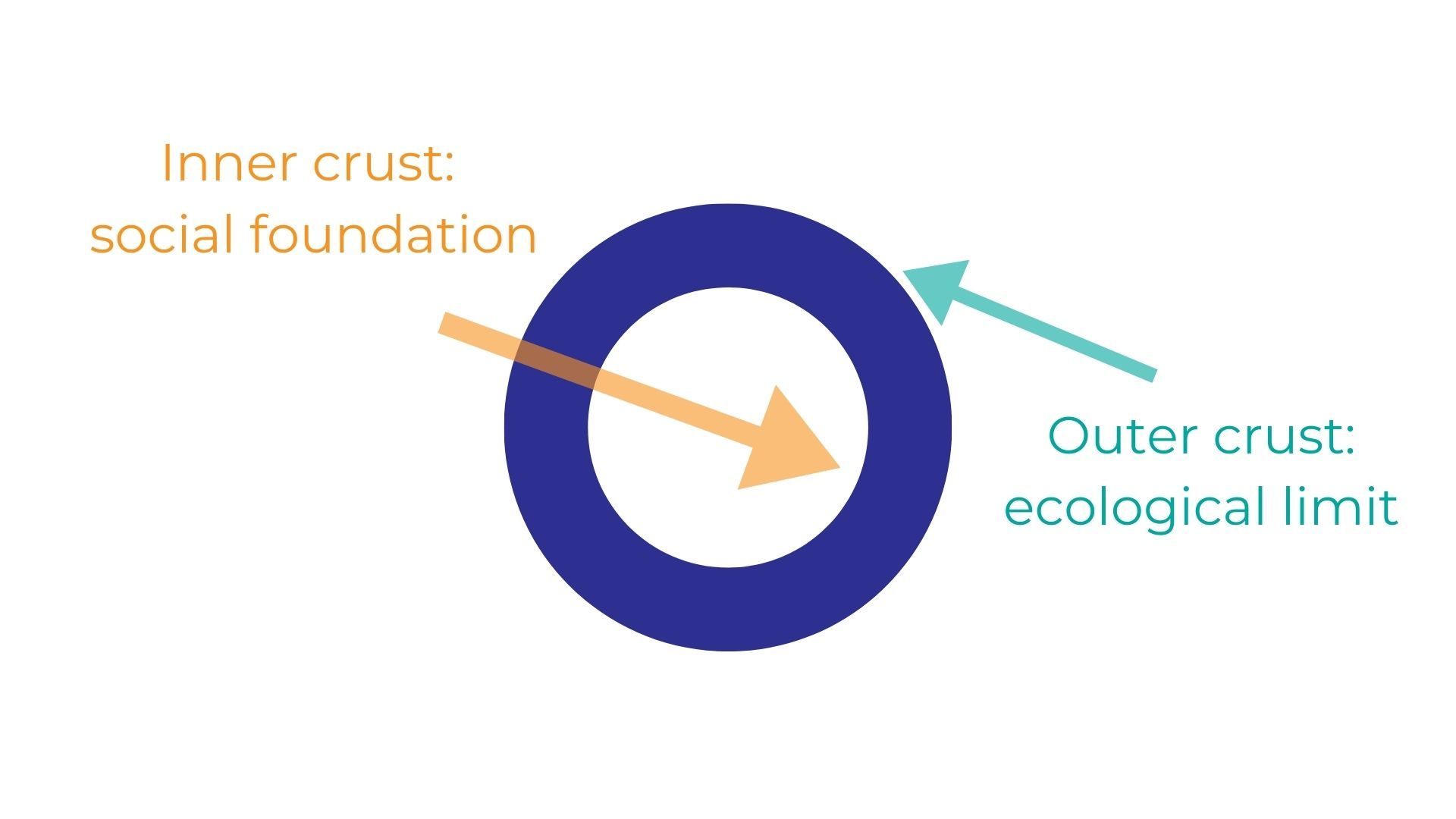
Assumption Hacking Sustainability
Jul 14, 20234.5 minute read...
A country’s level of economic development is popularly assumed to be the same thing as its standard of living. For example, GDP growth (or decline) is a widely used indicator of whether or not that country is going in the right direction.
Because of this, it’s also often assumed that the prosperity of a people group is at odds with the natural environment that they inhabit. Even those who agree with the world’s need to radically reduce emissions usually do so acknowledging the trade-offs, especially for those in developing economies.
But since this is an assumption hacking newsletter, I have an assumption hacking question for you:
Is it possible to have an economic model that dramatically reduces the world’s carbon footprint without also dramatically damaging our quality of life?
Assumption Hacking Economic Orthodoxy
My friend Steve Harrison likely didn’t expect that he’d blow my mind when he shared an article on LinkedIn about assumption hacker extraordinaire Kate Raworth.
Raworth is a very non-traditional economist who developed a framework that she calls Doughnut Economics (see her 2017 book, Doughnut Economics: Seven Ways to Think Like a 21st Century Economist).
I’m not going to use this newsletter to try to prove her conclusions right or wrong. That’s not the point. Instead, I want to show you how she used assumption hacking to come to her conclusions and I want to share with you what I think her model does well from an assumption hacker and TOC practitioner’s perspective.
So what assumptions did Raworth hack? Those that form, or hide beneath, the apparent conflict between economic growth and protecting the environment:
- That economic growth is the way to improve lives and reduce inequality.
- That the earth has ample capacity to sustain endless economic growth.
In contravention of these assumptions, the evidence told her that the holy grail of indefinite growth dangerously threatens the natural resources of our earth. It also told her that indefinite growth increases inequality more than it increases the standard of living for too much of the world’s population.
Her assumption hacker mindset guided her to decide that it had to be possible for a global economic system to allow both humans and the environment to thrive. We just need to figure out how.
Raworth went on to lay out how she thinks an economic model of the future should be structured.
- Wealth must be distributed fairly.
- Resources must be regenerated (as opposed to just consumed).
- People must be allowed to prosper.
- And because of the assumptions she hacked, she decided this economic model must do these things without depending on unconstrained economic growth.
The Doughnut & TOC Focusing Steps
This is where the doughnut comes in.
The outer crust of the doughnut represents our ecological limitations. When we go outside of this limit, we end up damaging the environment beyond repair.
The inner crust of the doughnut represents our social foundation. When we fall below this foundation, people are going without the things they need to live well, such as food, housing and income.

We can also view what she has done from the lens of the first 3 TOC Focusing Steps:
1. Identify the system’s constraint. What is the one thing that we do not have enough of?
- The earth’s natural resources. There is a limit to how much we can consume.
2. Decide how to exploit the system’s constraint.
- We must stop exhausting the earth’s natural resources.
- This means we must stay within the outer crust of the doughnut!
- We must regenerate the resources we use.
3. Subordinate everything else to the above decisions.
- Her work is now focused on what needs to happen in order for everyone to do their part. Of course, this is the hardest step to implement.
- The inner crust of the doughnut must get our attention.
- The ways in which we use and regenerate resources must be done in a way that brings about fair distribution of wealth and also allows people to prosper.
I find Raworth’s assumption hacking quite fascinating, particularly because the assumptions being challenged are such stalwarts of modern economic thinking. They are also the basis for what I’ve always thought makes for a healthy business. The old adage, “what doesn’t grow dies” has been part of my lexicon for decades!
So can businesses and people and the environment prosper without growth? It’s honestly hard for me to imagine. But whatever the right solution (or solutions) ends up being, I am convinced that it will take the hacking of some assumptions many of us have held for a long time.
'til next week,
Lisa
P.s. Back to my friend Steve. Last March, I interviewed his son Fynn, about his concerns regarding climate change. Here’s the recording and blog post covering that interview.
Whenever you're ready, here are a couple of ways I can help you:
- Assumption Hacking Essentials. Dr. Eliyahu Goldratt said in his forward to The Goal, “The challenging of basic assumptions is essential to breakthroughs.” In this digital course, I'll take you through a five step process for challenging those basic assumptions and creating breakthrough in the process. Join the waitlist and get notified when the course is released.
- Jenrada Programs. Customized workshops and longer engagements to help you create an organization of aligned problem solvers delivering extraordinary results. Complete this form, send me an email, or schedule a discovery call.
Your Weekly AHA!
Every week, receive one actionable tip from JonahLisa to help you create breakthrough in your business and life.
We hate SPAM. We will never sell your information, for any reason.
